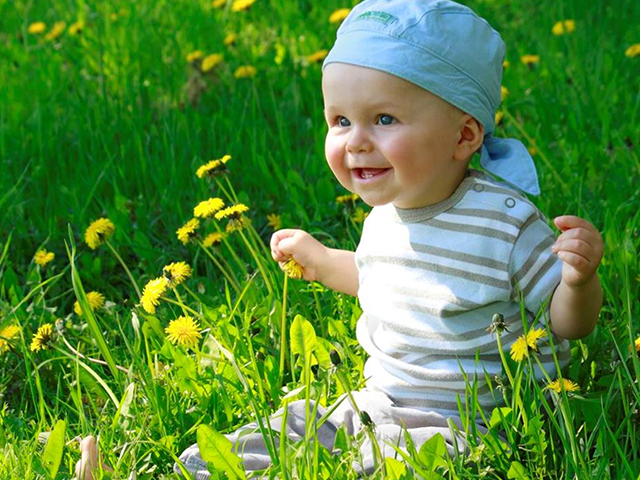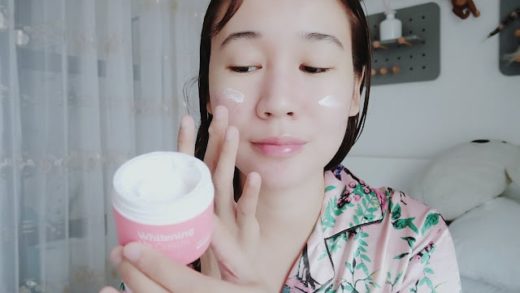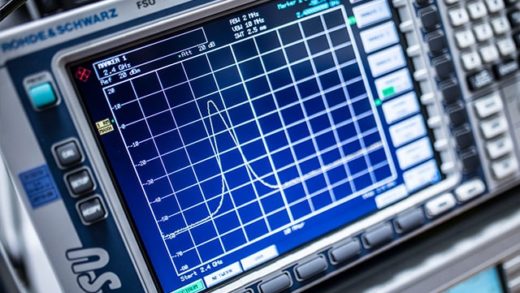When it comes to feeding your baby, safety is paramount. Whether you’re exclusively formula feeding or supplementing breastfeeding with formula, it’s essential to know how to prepare and handle baby formula safely. Proper preparation ensures that your baby receives the nutrition they need while minimizing the risk of contamination and illness. In this blog post, we’ll provide you with step-by-step instructions to help you prepare baby formula safely and confidently.
Step 1: Gather Supplies
Before you begin preparing baby formula, gather all the necessary supplies:
Clean Bottles and Nipples: Wash bottles and nipples with hot, soapy water and rinse thoroughly.
Safe Water Source: Use tap water that has been tested for safety, or bottled water labeled for infant formula use. If using well water or other questionable sources, consult your healthcare provider.
Formula Container: Have the baby formula container ready, ensuring it’s within its expiration date.
Measuring Tools: Use a clean, dry measuring scoop specifically designed for the formula. Avoid using random utensils, as they might not provide accurate measurements.
Clean Surface: Prepare the formula on a clean, sanitized surface.
Clean Hands: Wash your hands thoroughly before handling any baby feeding supplies.

Step 2: Measure the Water
Follow Instructions: Refer to the formula packaging for instructions on the appropriate water-to-formula ratio. It’s important to use the correct ratio for your baby’s age and nutritional needs.
Boil Water: If the formula instructions recommend it, boil the water to sterilize it. Allow the water to cool before mixing with the formula.
Step 3: Add Formula
Scrape Level Scoop: Using the measuring scoop provided with the formula, gently scrape off excess formula and level it using a clean, straight-edged utensil.
Add Formula to Water: Add the designated number of level scoops of formula to the water. Avoid compacting the formula in the scoop, as this can lead to inaccurate measurements.
Step 4: Mix and Test Temperature
Cap the Bottle: Cap the bottle and shake it gently to mix the formula and water thoroughly.
Test Temperature: Before feeding your baby, test the temperature of the formula by placing a few drops on the inside of your wrist. It should feel lukewarm, not too hot or cold.
Step 5: Feed Your Baby
Feed Promptly: Feed the prepared formula to your baby promptly after mixing. The prepared formula should not be left at room temperature for more than two hours.
Discard Unused Formula: If your baby doesn’t finish the bottle within one hour of starting to feed, discard the remaining formula.
Step 6: Cleaning and Storage
Clean Bottles and Nipples: After feeding, wash bottles, nipples, and any feeding equipment with hot, soapy water. Rinse thoroughly to remove any soap residue.
Sterilize if Needed: Depending on your preference and your baby’s health, you might choose to sterilize bottles and nipples by boiling them or using a sterilizer.
Store Formula Safely: If you need to prepare formula in advance, store it in the refrigerator and use it within 24 hours. If you’re using ready-to-feed formula, store unopened bottles in a cool, dry place.
Additional Tips for Safety
Follow Mixing Instructions: Always follow the mixing instructions provided on the formula packaging. Using more or less formula than recommended can affect your baby’s nutrition.
Avoid Microwaving: Avoid microwaving formula, as it can heat unevenly and create hot spots that can burn your baby’s mouth.
Bottle-Feeding Practices: Hold your baby upright while feeding to reduce the risk of ear infections and allow proper digestion.
Check for Allergies: If you notice any signs of allergies, discomfort, or changes in your baby’s stool or behavior after starting the formula, consult your pediatrician.
Traveling with Formula: When traveling, bring pre-measured formula in a separate container and mix it with water when needed.
Consult Your Healthcare Provider
Always consult your healthcare provider before making any decisions about feeding methods or introducing new foods to your baby. They can provide personalized advice based on your baby’s health, growth, and specific needs.
Preparing baby formula safely is essential to your baby’s health and well-being which you can learn when you visit the official site here. By following the proper steps, you can provide your baby with the nutrition they need while minimizing the risk of contamination and illness. Remember to adhere to the manufacturer’s instructions on the formula packaging and consult your healthcare provider if you have any concerns or questions about feeding your baby. With careful preparation and attention to hygiene, you can ensure that feeding time is a safe and enjoyable experience for both you and your little one.










